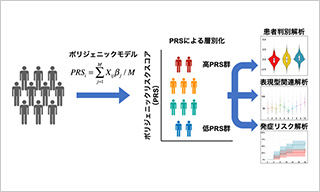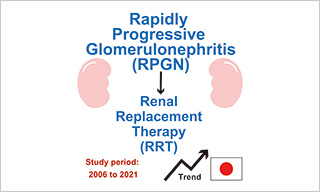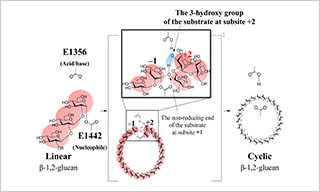Dec 20 2021
A research group of Assistant Professor YASUDA Hidenori, Associate Professor FUKUSUMI Yoshiyasu and Professor KAWACHI Hiroshi in the Department of Cell Biology, Kidney Research Center, Niigata University Graduate School of Medical and Dental Sciences, elucidated the new pharmacological mechanism of tacrolimus (FK506) (Note 1) and identified a new therapeutic target for nephrotic syndrome, a disease that shows severe proteinuria. No effective treatments for intractable nephrotic syndrome exist today; the development of new therapeutic agents is urgently needed. Tacrolimus, an immunosuppressive drug, exhibits an antiproteinuric effect. However, its precise pharmacological mechanism was not elucidated. This research clarified that FKBP12 (Note 2), a molecule that binds to tacrolimus, plays an important role in regulating the cytoskeletal structure of a renal glomerular epithelial cell (podocyte) (Note 3). Tacrolimus suppresses podocyte dysfunction and proteinuria by stabilizing the function of FKBP12; this stabilization of FKBP12 is important as a therapeutic strategy for proteinuria.
Our research is expected to contribute to elucidating the pathogenic mechanism of podocyte dysfunction and to developing new treatment for proteinuria. The research results were published in FASEB Journal.
(Note 1) Tacrolimus (FK506):
Tacrolimus (FK506) forms a complex with FKBP (FK506 binding protein) in the cell; this complex inhibits the activation of calcineurin, a dephosphorylating enzyme. Calcineurin activity is increased in activated T cells. Tacrolimus exhibits an immunosuppressive effect by suppressing the calcineurin activity. Tacrolimus is widely used as a rejection inhibitor after organ transplantation as well as therapeutic drugs for ulcerative colitis, lupus nephritis and atopic dermatitis.
(Note 2) FKBP (FK506 binding protein) 12:
A molecule identified as a binding molecule for tacrolimus (FK506). This binding molecule is expressed in various eukaryotes from yeast to humans and is reported to function as a protein folding chaperone, but its physiological function has not yet been fully elucidated.
(Note 3) Renal glomerular epithelial cell (podocyte):
One of the three cells that compose the glomerulus, which is a filtration unit of the kidney. This cell is located in the outermost layer of the glomerulus and plays the most important role in maintaining the structure of glomerulus and its barrier function. This cell has interdigitating foot processes. The cytoskeletal function to maintain this characteristic structure has not yet been elucidated. Like nerve cells and cardiomyocytes, this is one of the most differentiated cells in the body and does not have the ability to proliferate.
Journal: FASEB Journal
Title: Tacrolimus ameliorates podocyte injury by restoring FK506 binding protein 12 (FKBP12) at actin cytoskeleton
Authors: Hidenori Yasuda, Yoshiyasu Fukusumi, Veniamin Ivanov, Ying Zhang, Hiroshi Kawachi
DOI: 10.1096/fj.202101052R

Polygenic effects on the risk of Alzheimer's disease in the Japanese population

Trends in the incidence of renal replacement therapy due to rapidly progressive glomerulonephritis in Japan, 2006–2021

Uncovering The Cyclization Mechanism of Cyclic β-1,2-Glucan Synthase